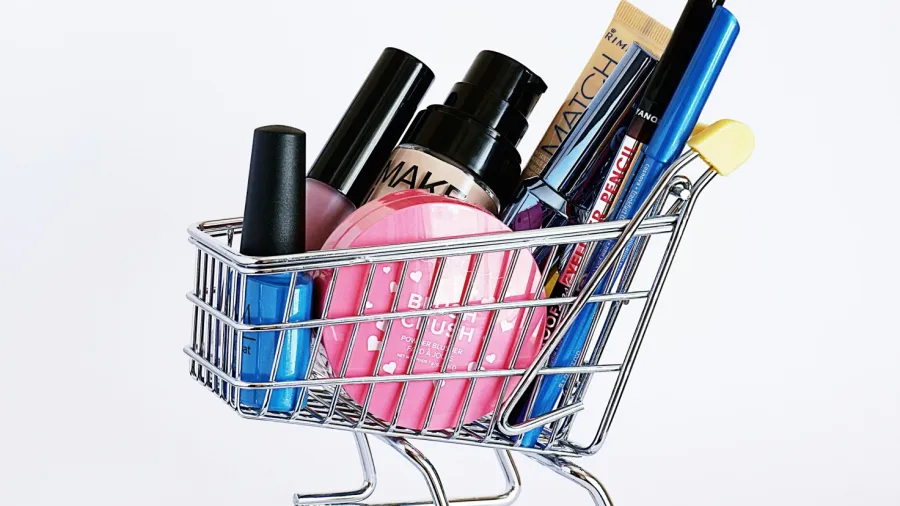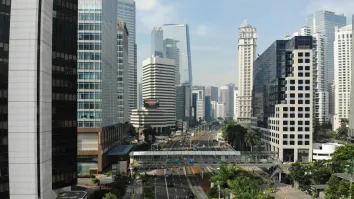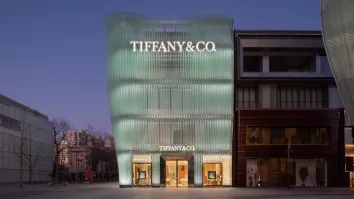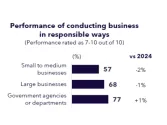
How Asia transforms in-store customer experience
The region’s unique market dynamics pushes retailers to be more innovative.
ASIA is a unique place for in-store customer experience as shifts in consumer behaviour and the drive towards digitalisation compel retailers to adopt more creative and personalised approaches.
Speaking at the Retail Asia Forum held at DoubleTree by Hilton Kuala Lumpur last 27 June, Hugo Texier, partner for consumer goods and retail in Asia at Roland Berger, discussed the unique market dynamics in Asia which makes it an attractive location for retailers.
First is the rising disposable income in the region, which by 2040 is projected to double and trump the global average. This would surely elevate consumer spending, with a marked shift towards both premium and affordable product categories.
Texier said there is also a rising demand for health and wellness products in the region, with eight of ten global wellness markets to be located in Asia.
He also cited the rate of digital adoption, with 50% of Asian consumption to be driven by digital natives by 2030. Furthermore, e-commerce is experiencing robust growth, expanding at a rate of 26% annually and poised to double within the next three years, largely driven by platforms such as TikTok.
Asia is also seeing a shift towards increased demand for premium and affordable products, whilst the middle price segment is declining.
The focus on local elements is also unique in Asia, Texier said.
“In the top five economies in Asia — China, India, Japan, South Korea, and Indonesia — they are dominated by local platforms, local market players, local digital payment systems, [and] local influencers,” he noted.
The evolving customer journey
These days, customers do not just go to stores and buy what they need. They make sure they carefully research products and compare them to various brands before deciding to purchase.
“The customer journey is evolving at a rapid pace, and this creates a new problem for retailers and firms,” Texier said.
He noted that customers nowadays dive into both online and offline interactions. They initiate their shopping experience online, proceed to physical stores to personally examine the product, then return online to make their purchase, which may also be influenced by factors such as pricing and promotions.
“When we ask them to look at the future, 60% of them say that they intend to purchase through an omni-channel experience in the future. And this obviously makes the job for retailers and brands much more complex in terms of setting up strategies to define the right in-store customer experience,” Texier said, referring to a customer survey they conducted.
The case of Nike, L'Oréal
Whilst there is no one-size-fits-all solution, retailers can at least learn from each other so they can formulate the solution that can fit their needs.
Texier said one example is Nike through its House of Innovation in Shanghai. The store features interactive touchscreens, a specialised app for product scanning and customisation, an experience studio for product simulations, and augmented reality to engage customers interactively.
Despite these innovations, Texier emphasised that the challenge lies in scaling these technologies across Nike’s global store network. Retailers must ensure that digital innovations are economically viable and contribute to increased store traffic, conversion rates, and transaction values, he noted.
Meanwhile, L'Oréal gas repositioned itself as a “beauty tech” company and focused on leveraging data to enhance customer service. The company has developed a platform providing a comprehensive view of customer profiles, enabling consistent and personalised interactions across various channels.
For a more personalised experience, L'Oréal has a live streaming studio for beauty consultations and a sales associate model that centralises the associate's role in managing customer relationships.
This approach not only improves the customer experience but also utilises data to enhance service quality and drive conversions, he said.
“Digital will only work if retailers or brands find a business case that they can scale up across the store network. But fundamentally, digitalisation will redefine the role of the store, will redefine the role of the store associate. It will also redefine the role of the customer within the definition of the customer experience,” Texier said.

















 Advertise
Advertise




